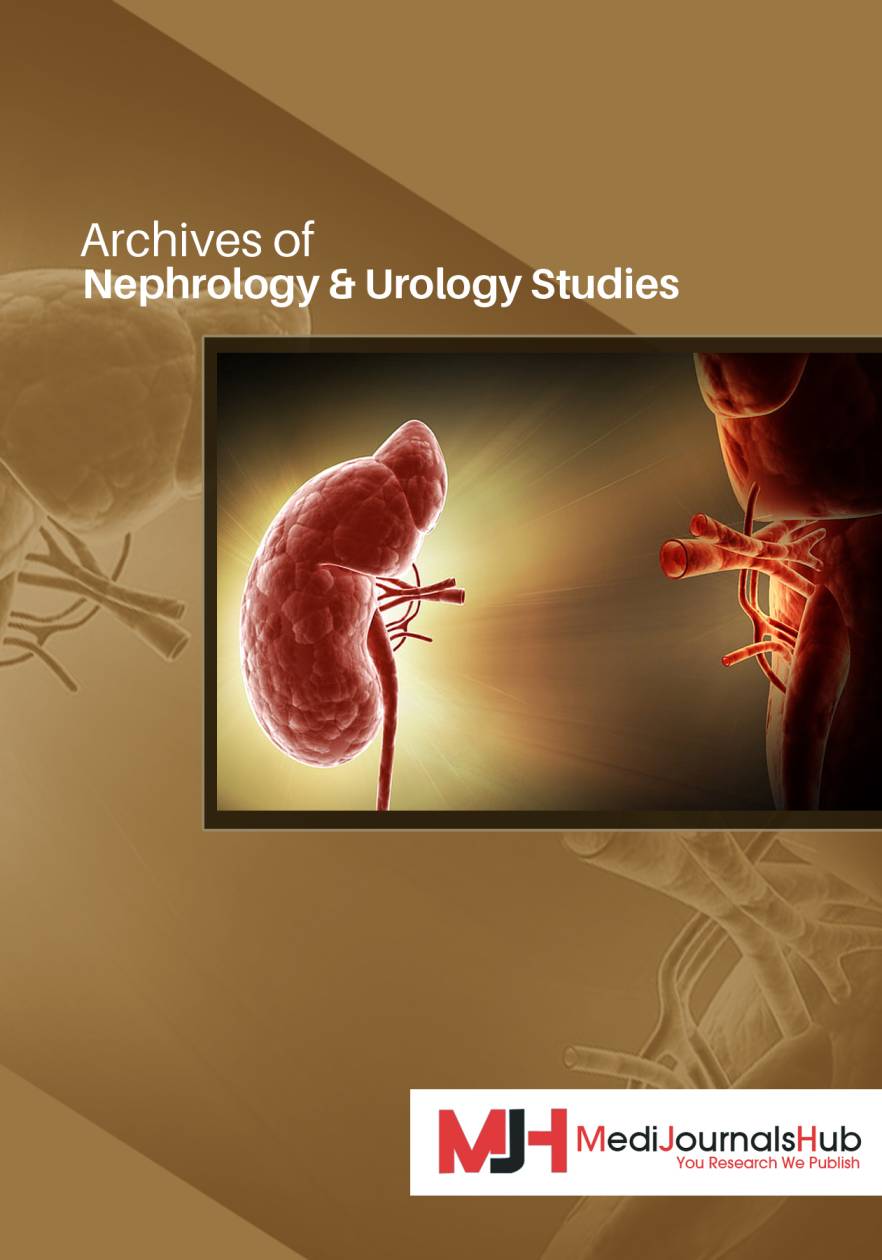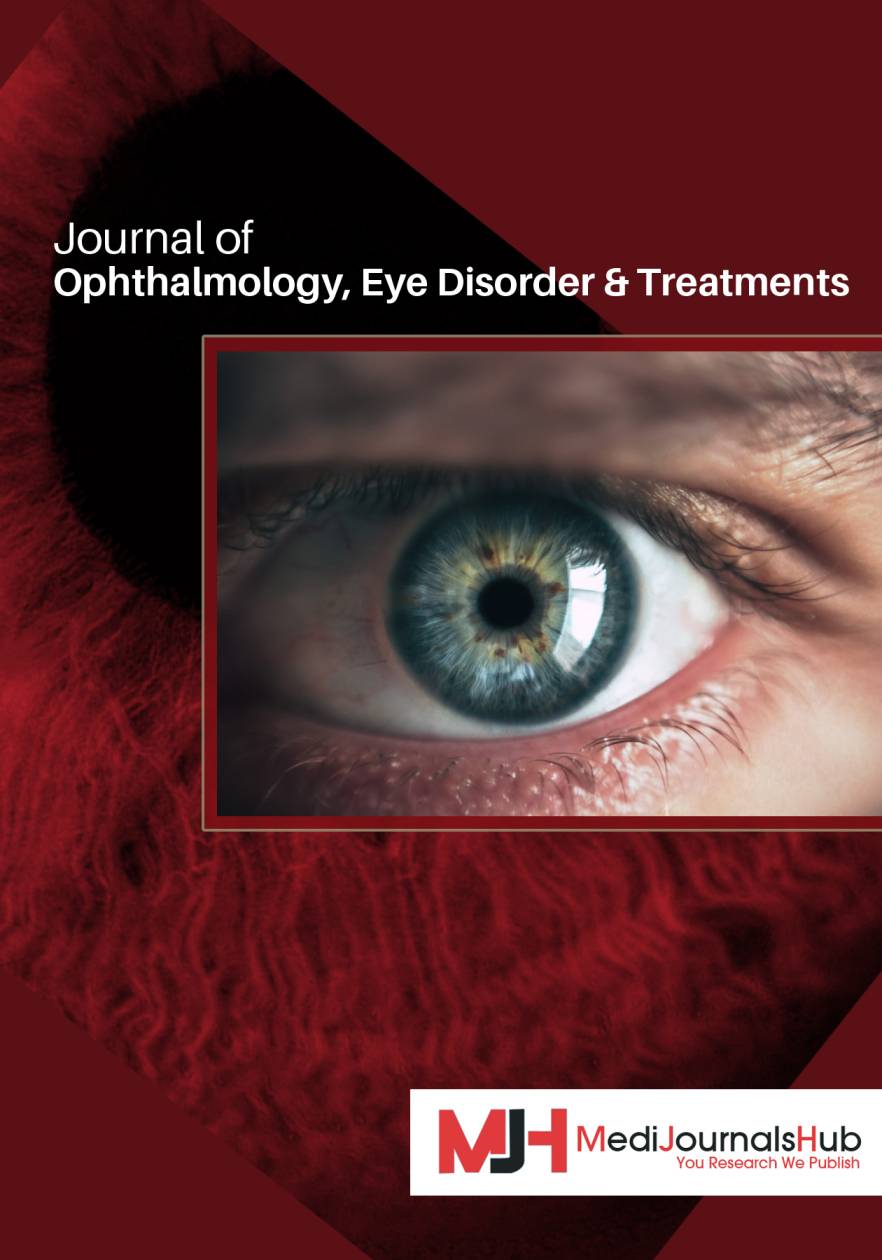- Open-Access Publishing
- Quality and Potential Expertise
- Flexible Online Submission
- Affordable Publication Charges
- Expertise Editorial Board Members
- 3 Week Fast-track Peer Review
- Global Visibility of Published Articles
Comparison of Sensation Event Descriptors in Participants with Overactive and Normal Bladders during Non-Invasive Hydration Studies
Blessan Sebastian Natalie R. Swavely Dhruv Sethi Anna S. Nagle Devina Thapa Naomi N. Vinod Zachary E. Cullingsworth Andrea K. Balthazar Adam P. Klausner John E. SpeichAbstract
Purpose: Despite the importance of alterations in bladder sensation, objective metrics to characterize sensation outside of urodynamics remain limited. A real-time sensation meter enables recording of sensation event descriptors throughout filling. The purpose of this study was to evaluate the differences in sensation event descriptor patterns between normal participants and those with OAB.
Methods: Normal and OAB participants were enrolled from responses to the ICIq-OAB survey question on urgency (Q5a: 0 vs. ≥ 3). Real-time bladder sensation on a 0%-100% scale was recorded on a validated tablet sensation meter throughout two fill-void cycles. The first and second fills were considered “slow” and “fast” respectively. After each sensation meter change (sensation event), a pop-up screen asked participants to characterize sensation with one or more of these descriptors: “tense,” “pressure,” “tingling,” “painful,” and/or “other.” Oral hydration was achieved by rapid consumption of 2L G2® Gatorade.
Results: Data from 29 participants (12 normal/17 OAB) were analyzed. The rate of filling from bladder volume and fill duration, was greater for the fast fill in both groups. In the slow fill, “tingling” (64 ± 3% OAB vs. 77 ± 3% normal, p=0.008) and “tense” (78 ± 3% OAB vs. 94 ± 1% normal, p<0.001) occurred at lower sensations in OAB participants.
Conclusion: During only the slow fill, OAB individuals experience the sensation descriptors of “tingling” and “tense” at earlier sensations than normal individuals. Therefore, this non-invasive method to evaluate real-time sensation descriptors during filling may identify important sensation patterns and improve understanding and phenotyping of OAB.





